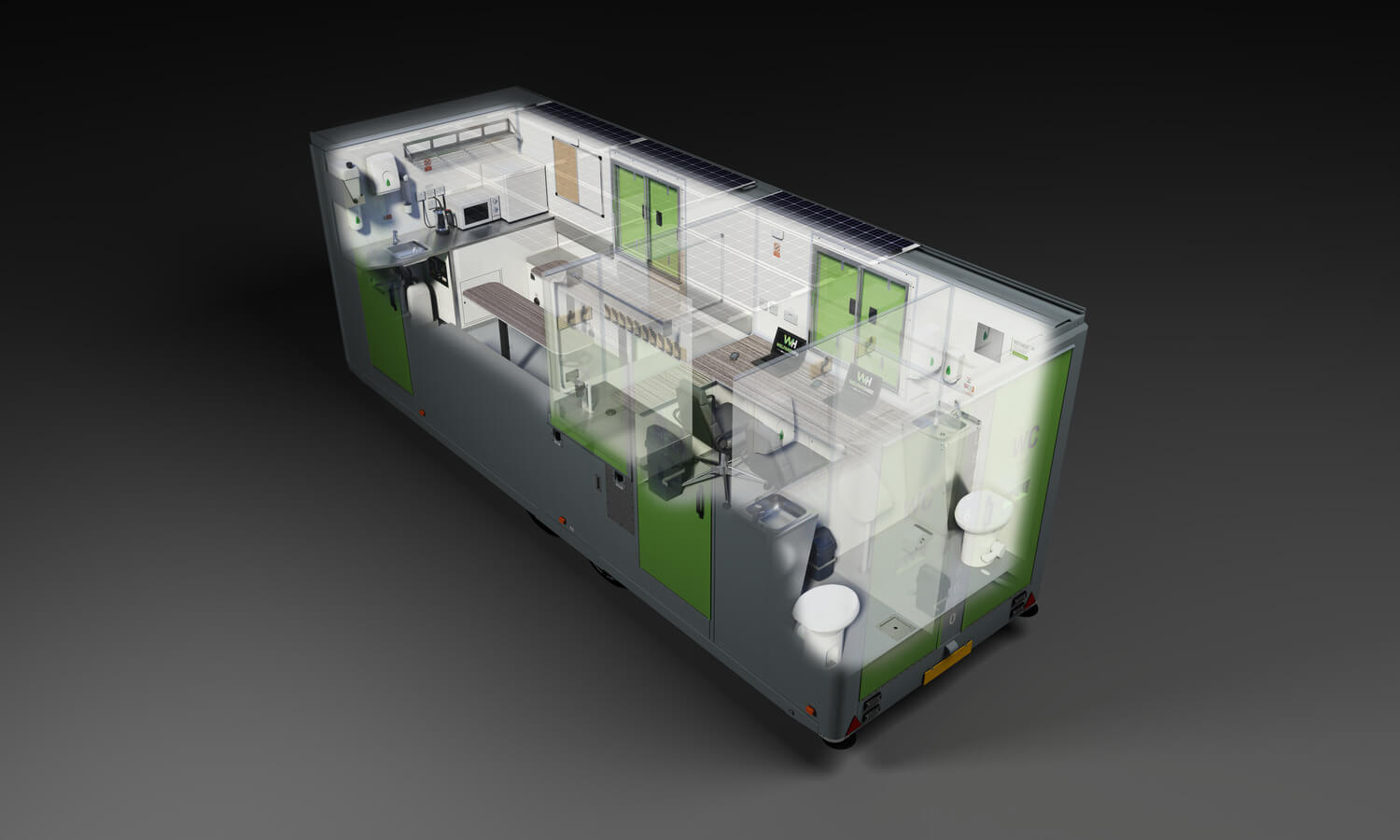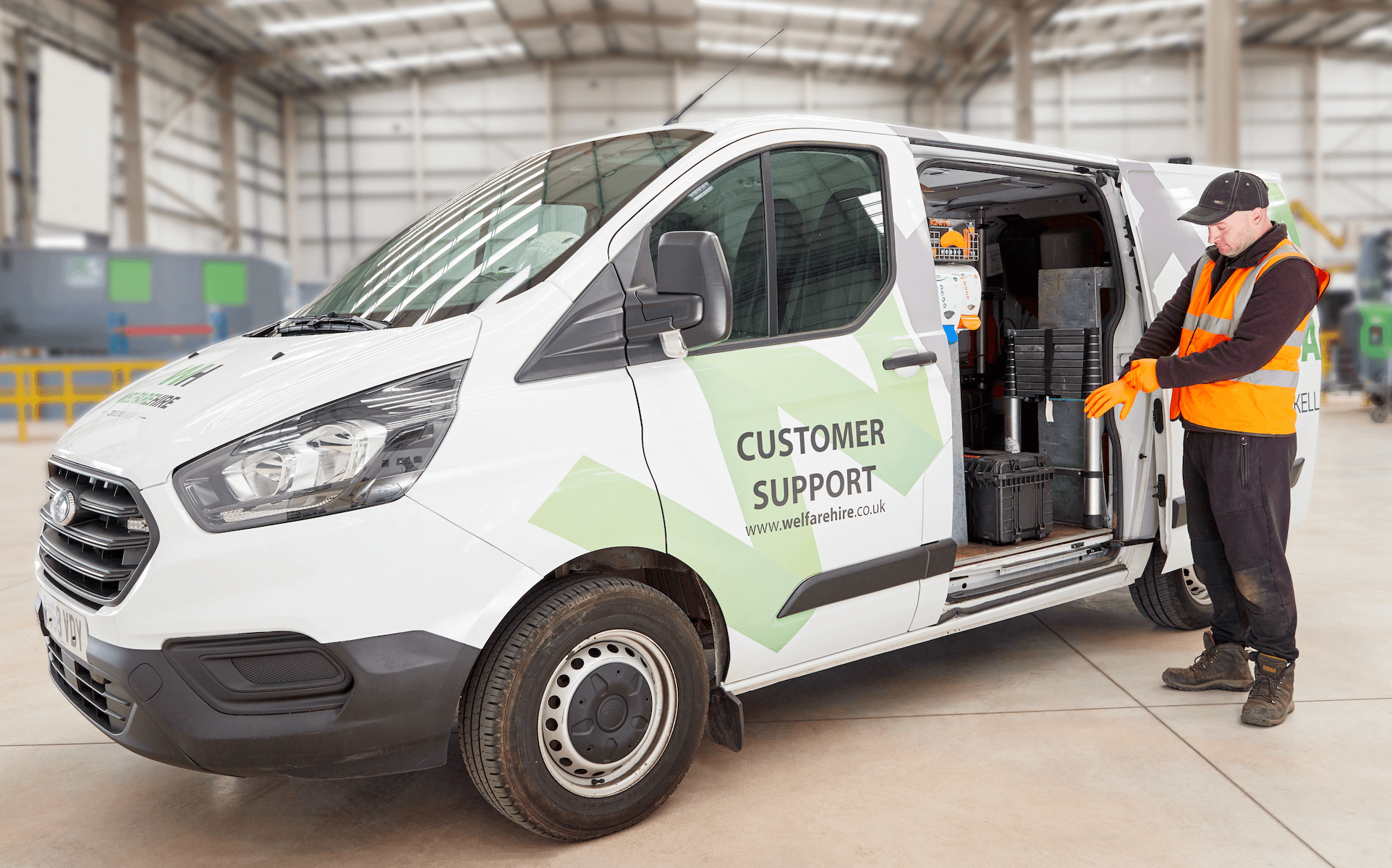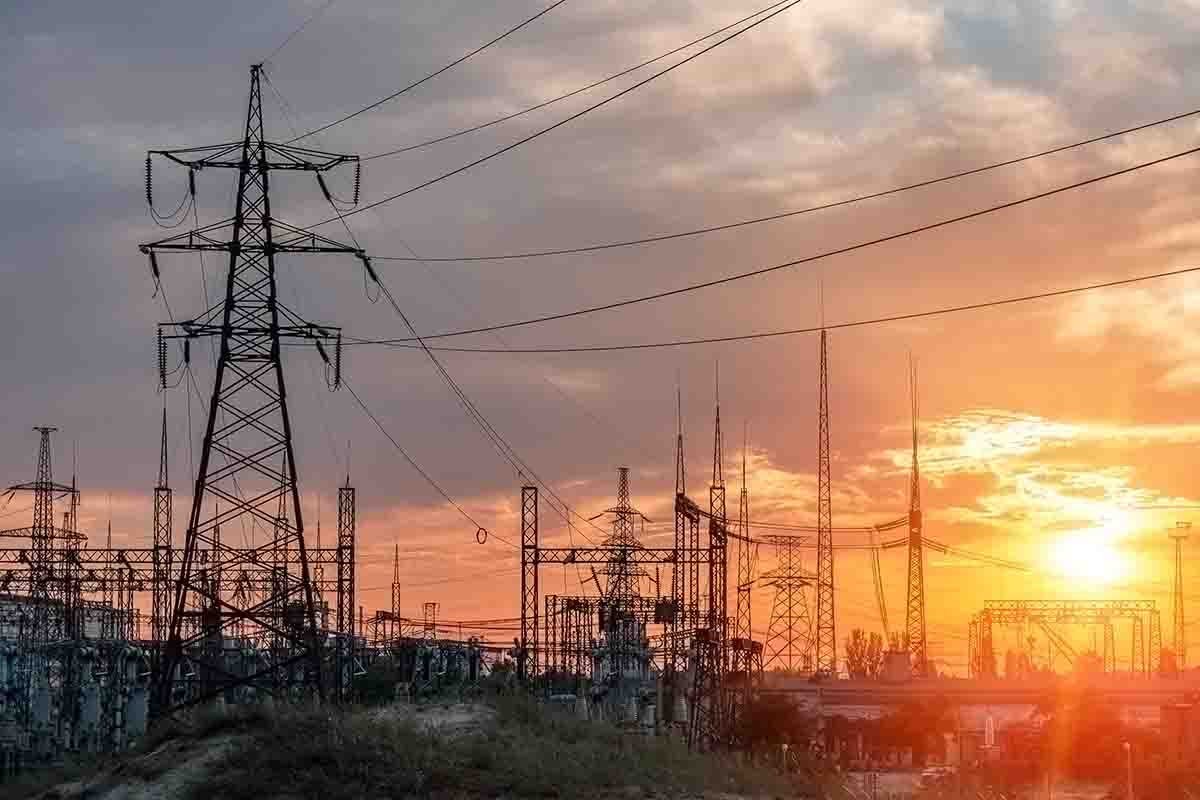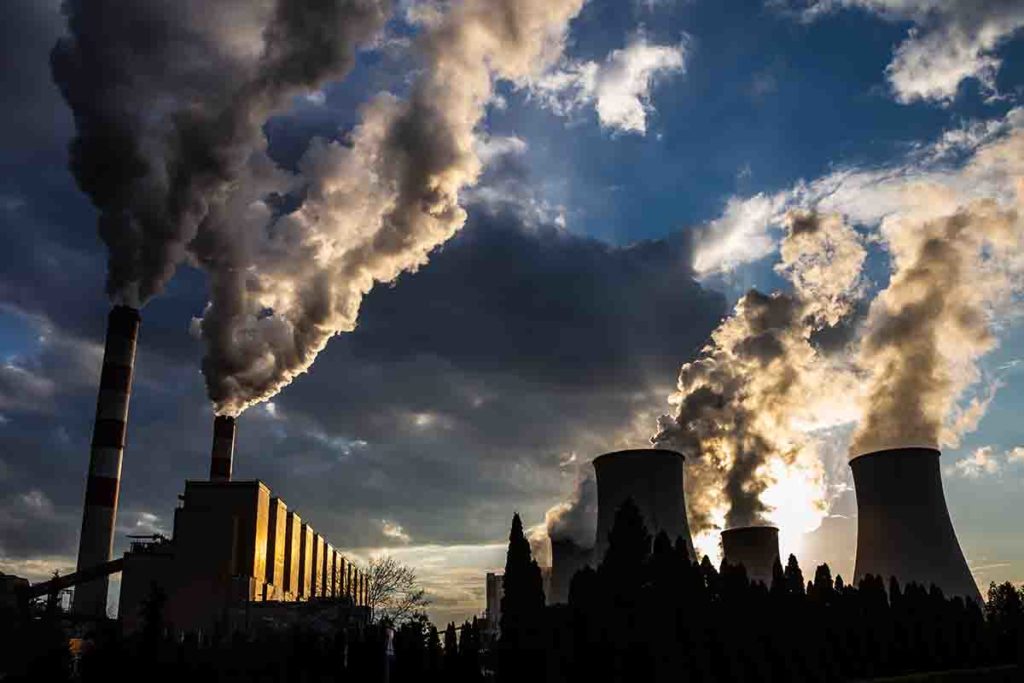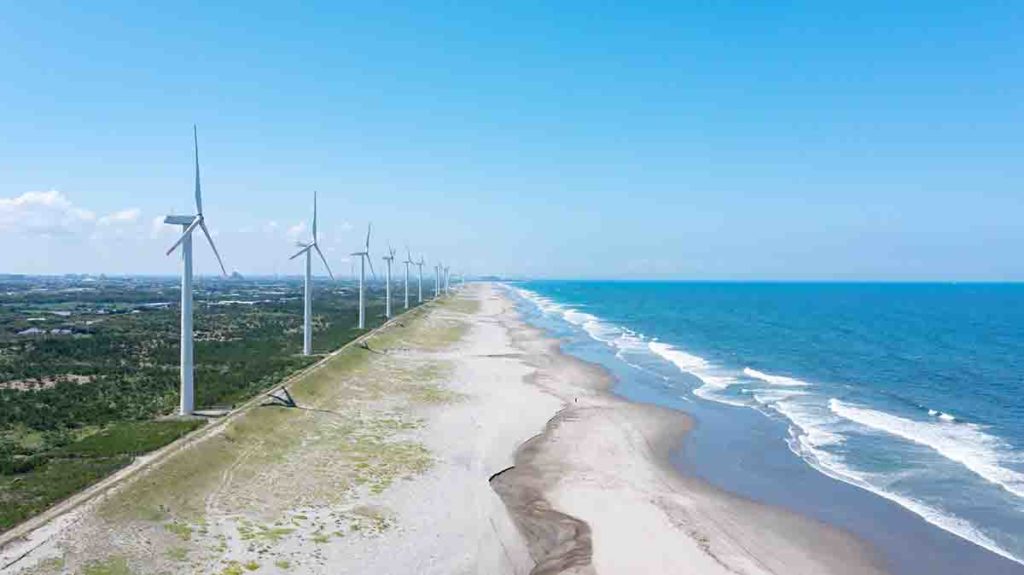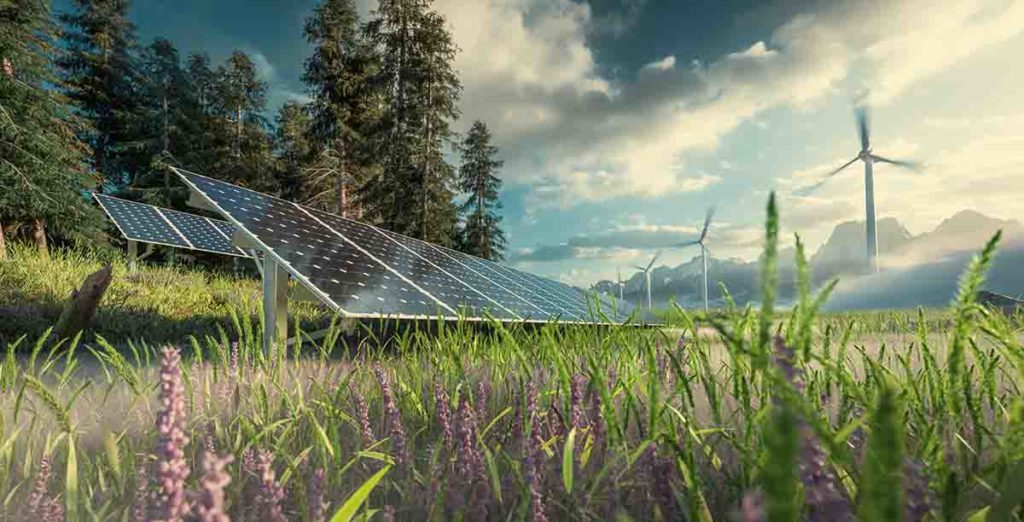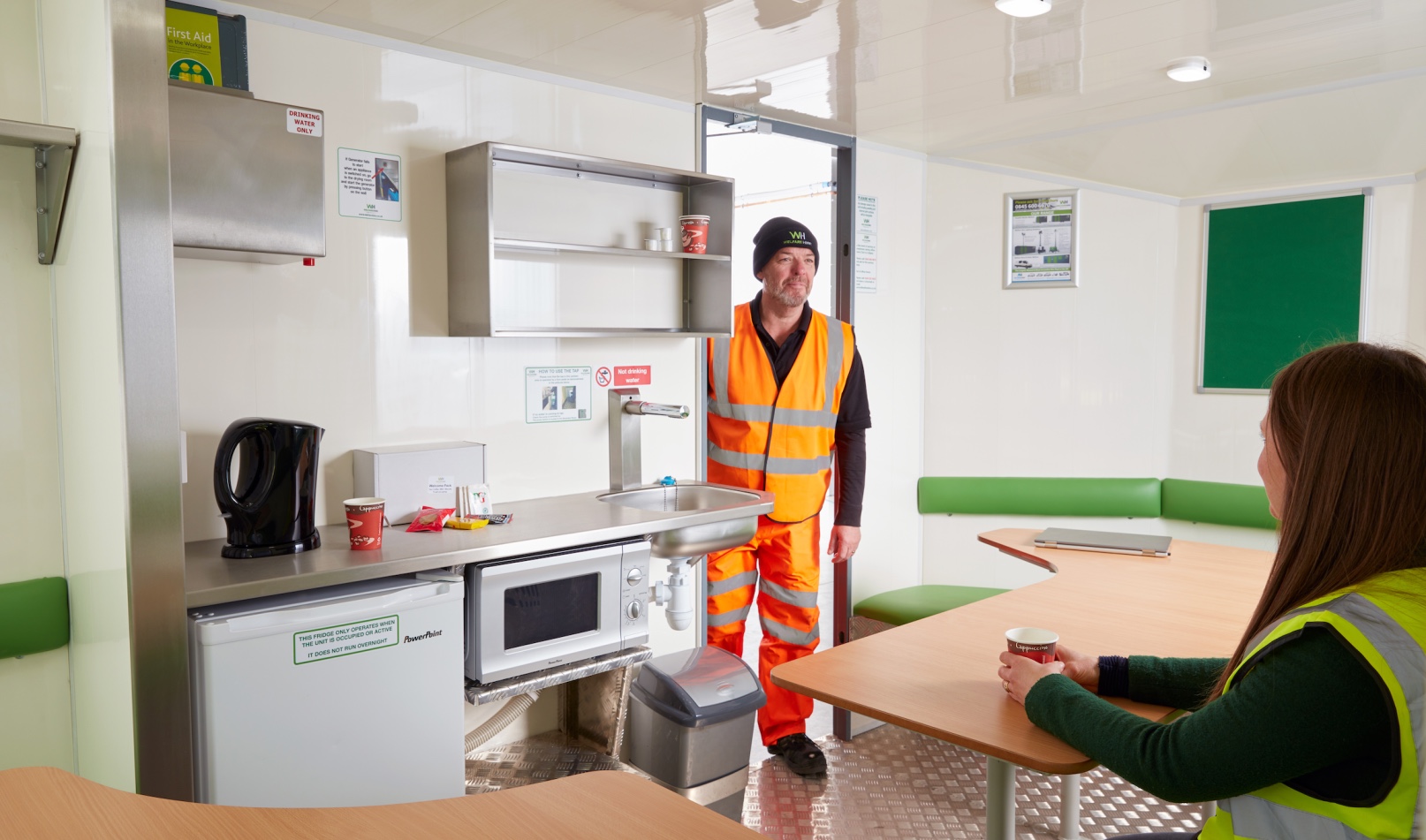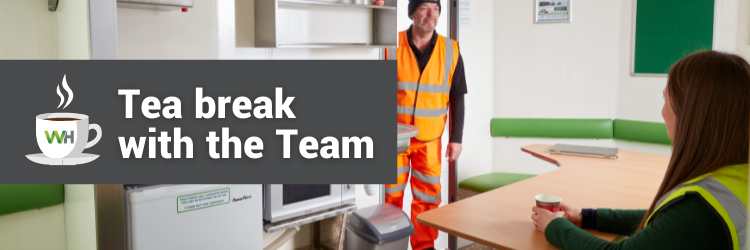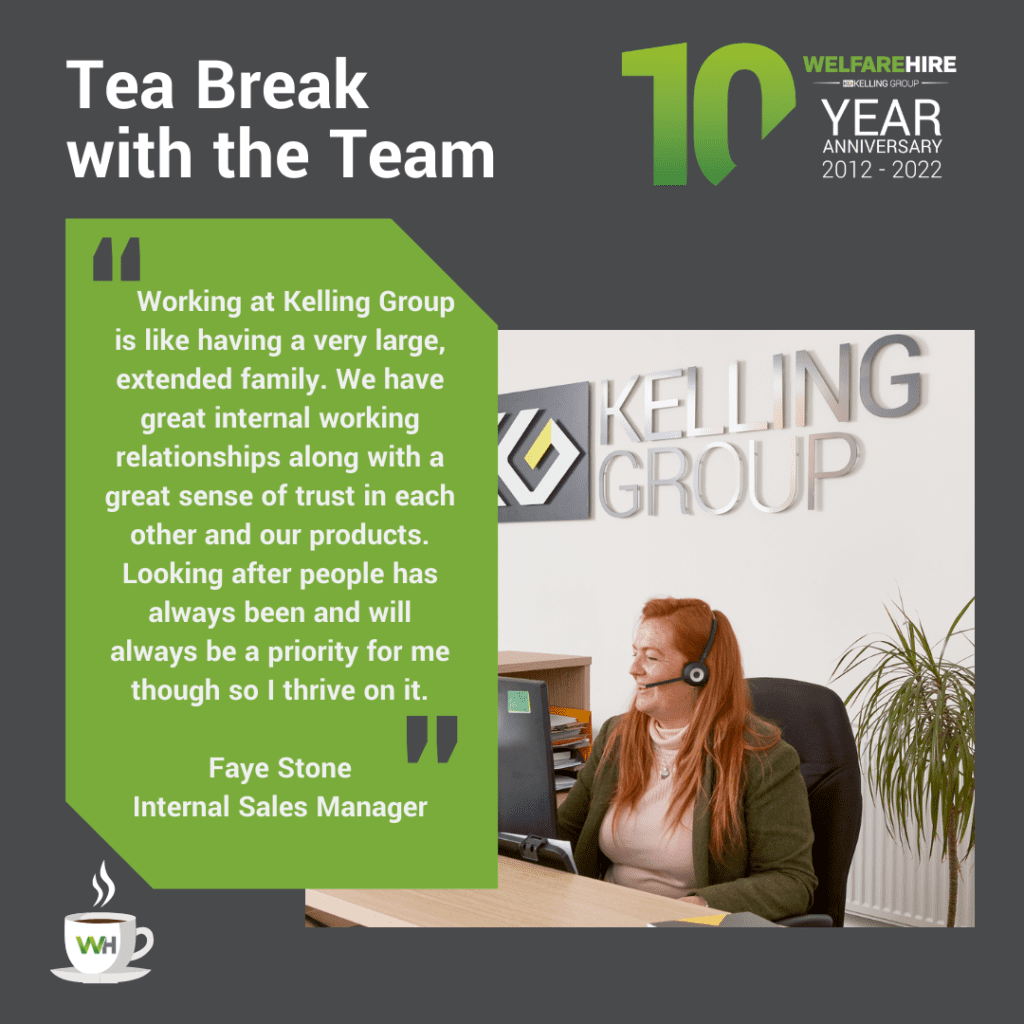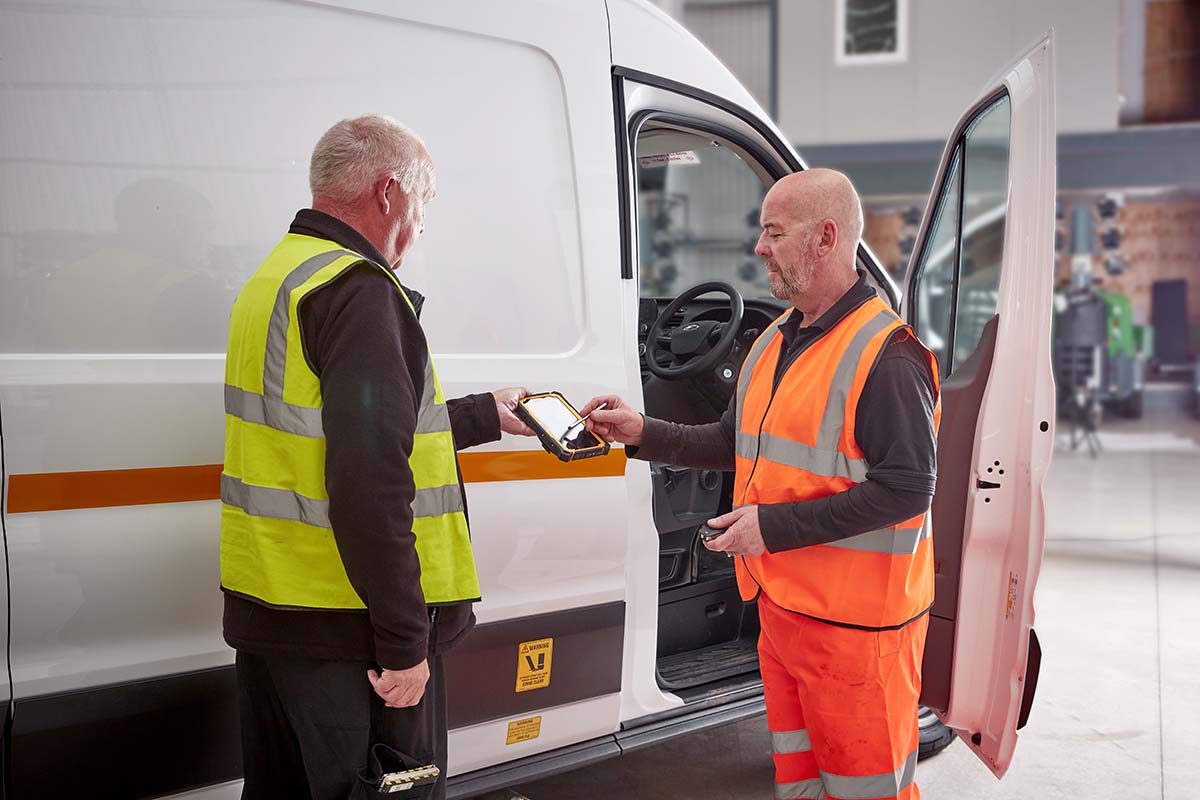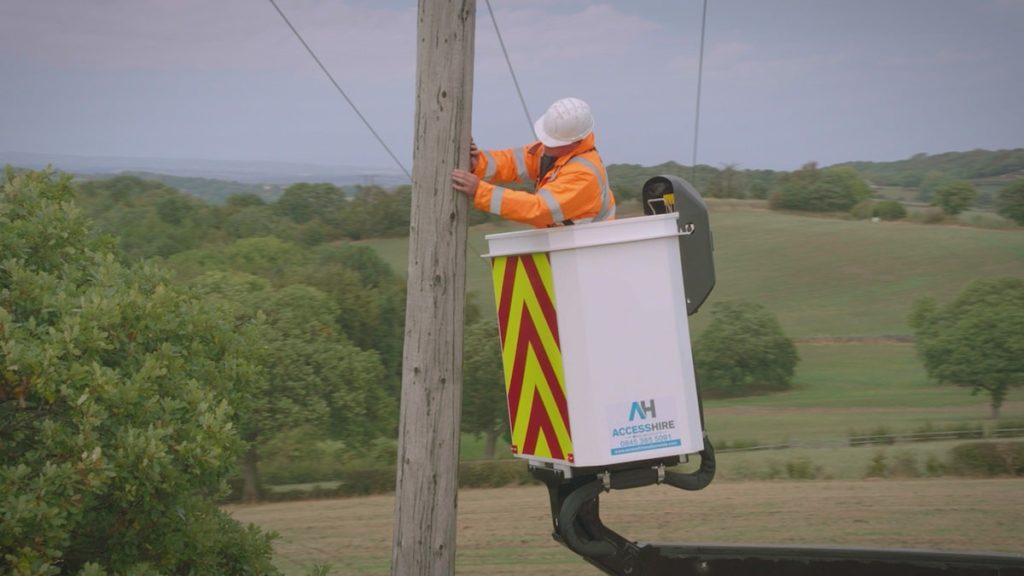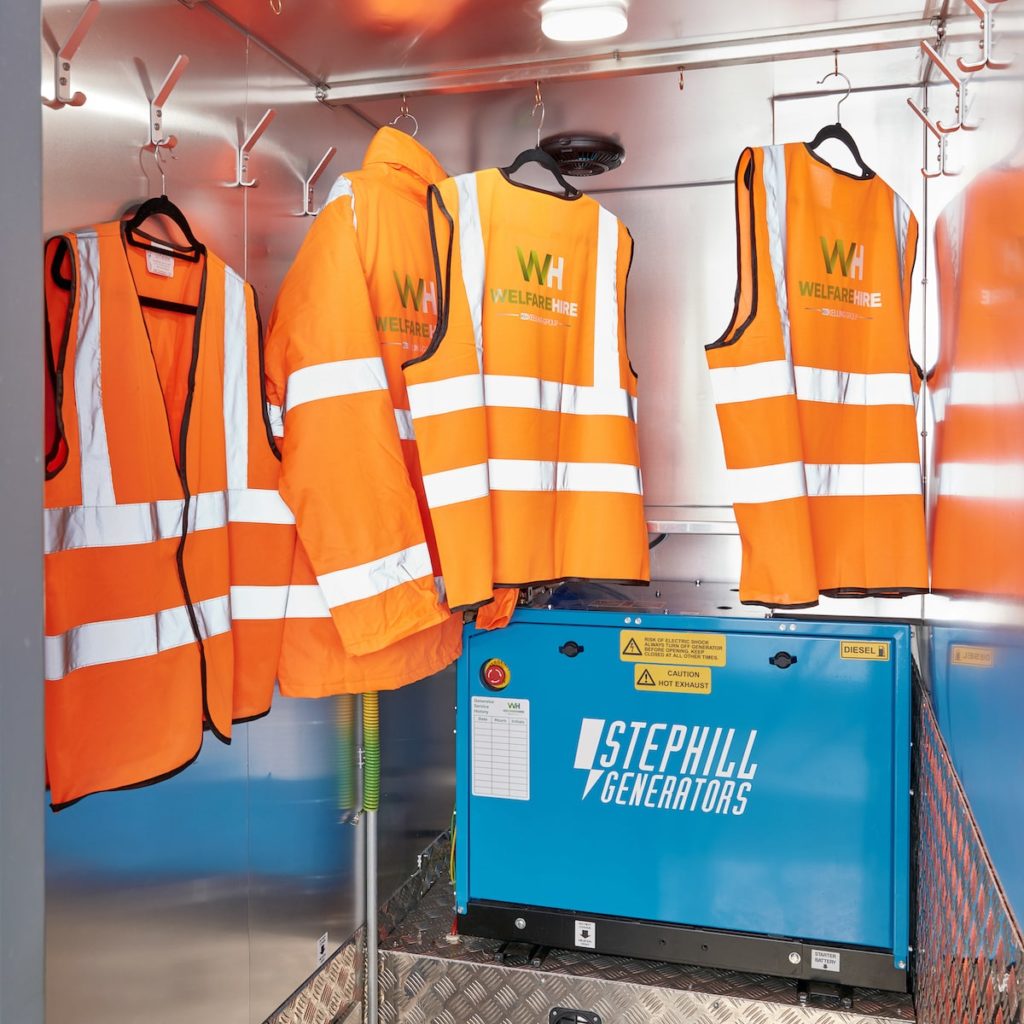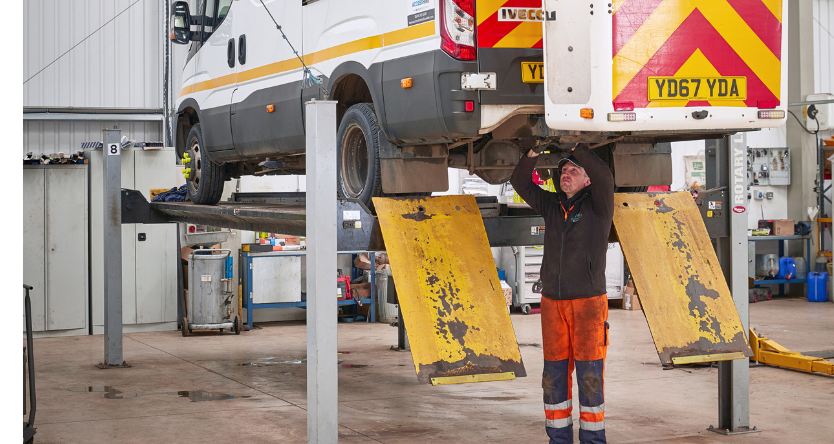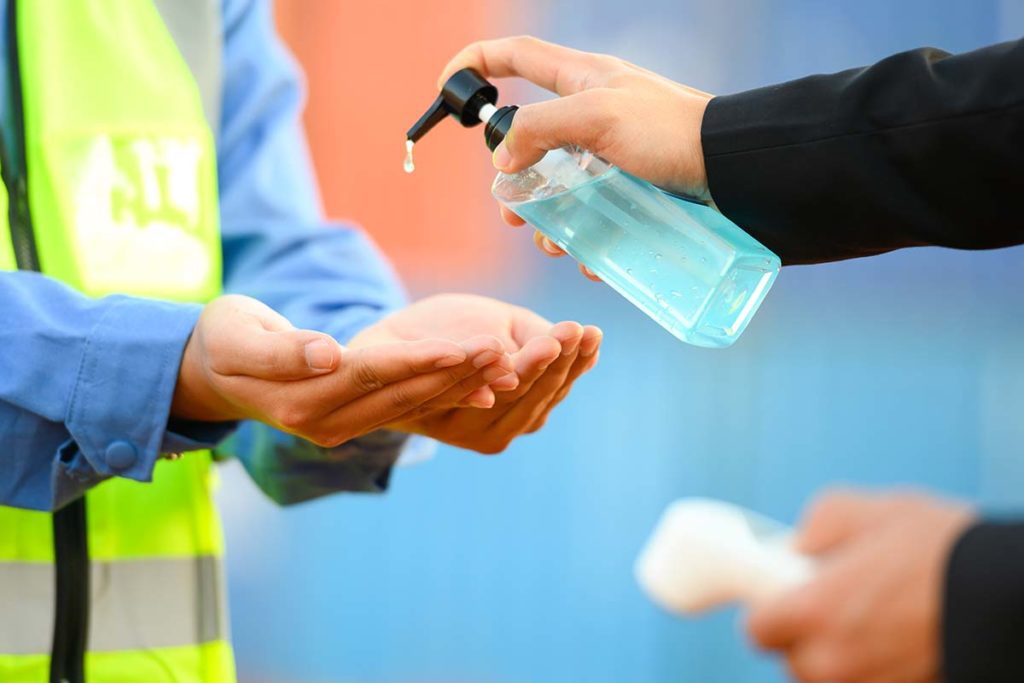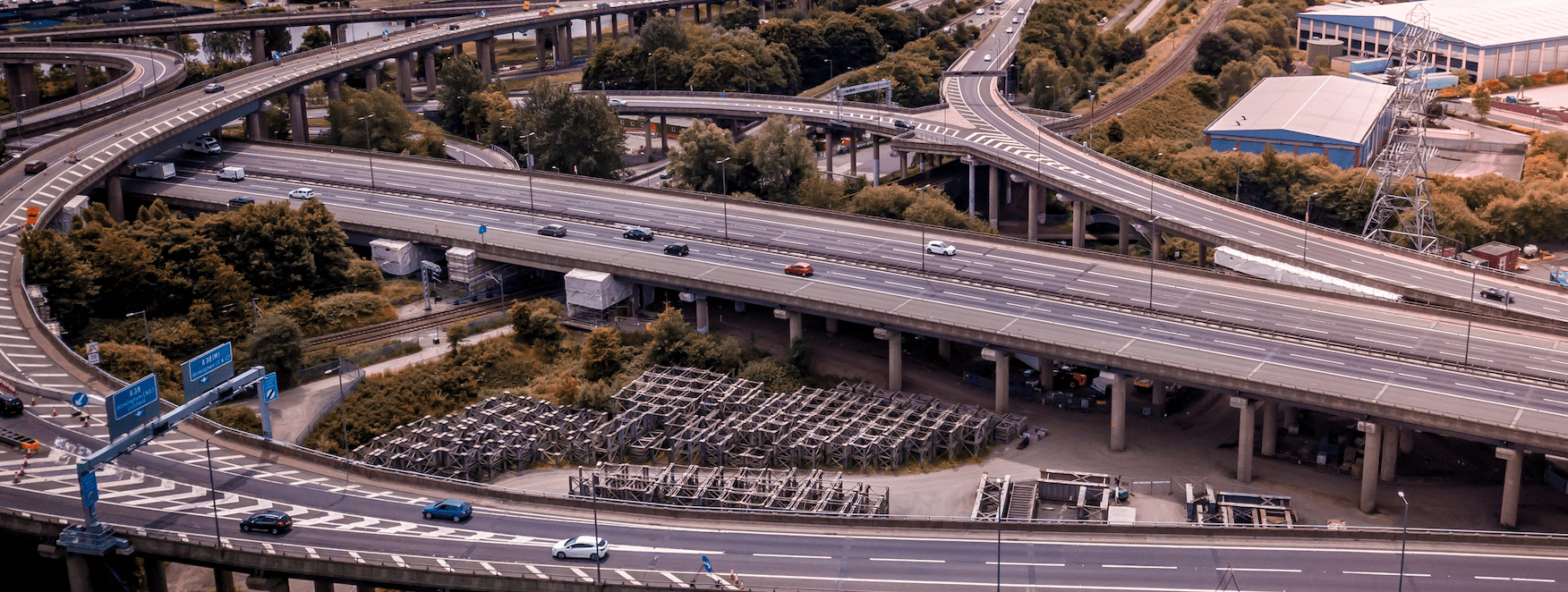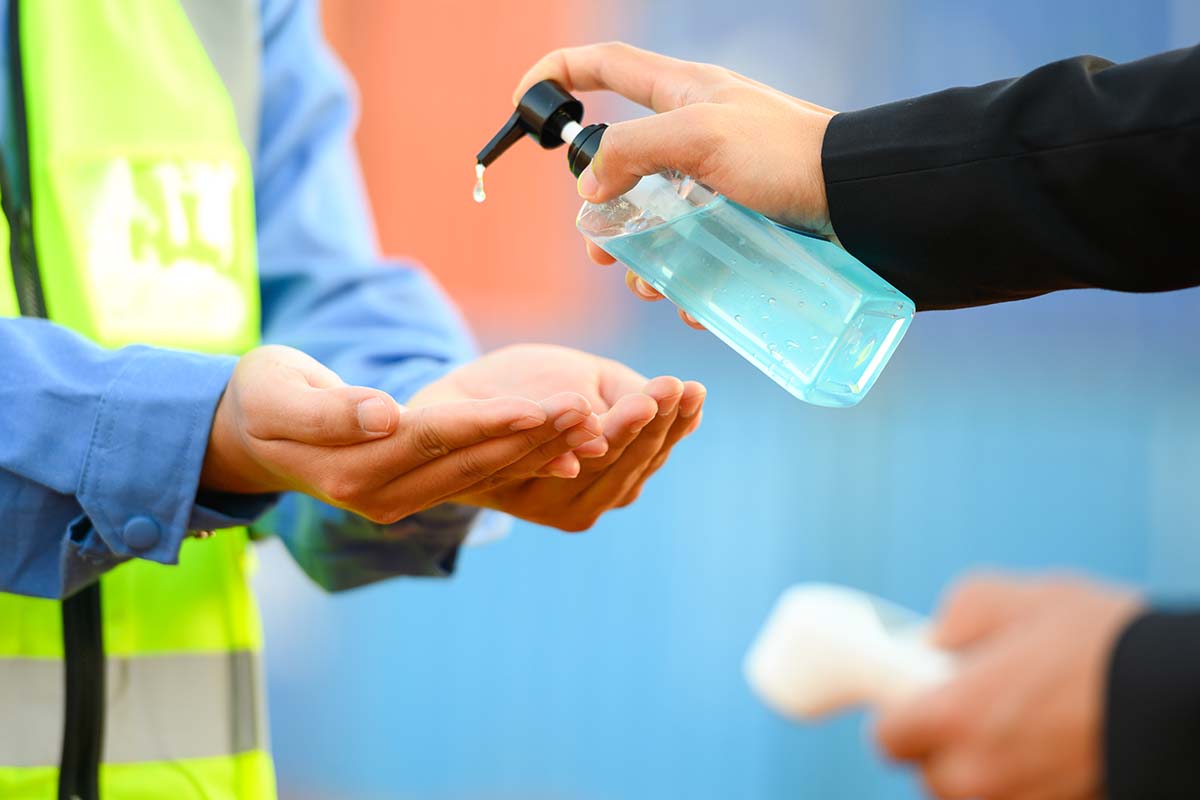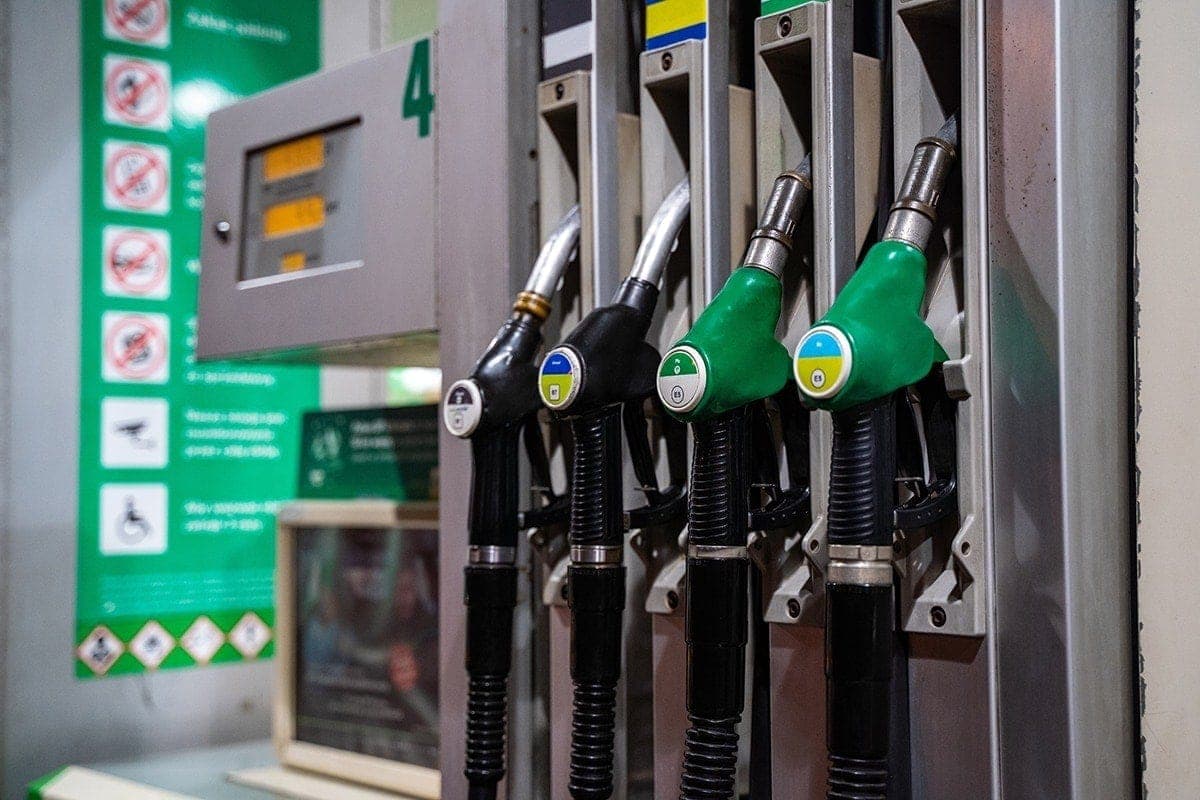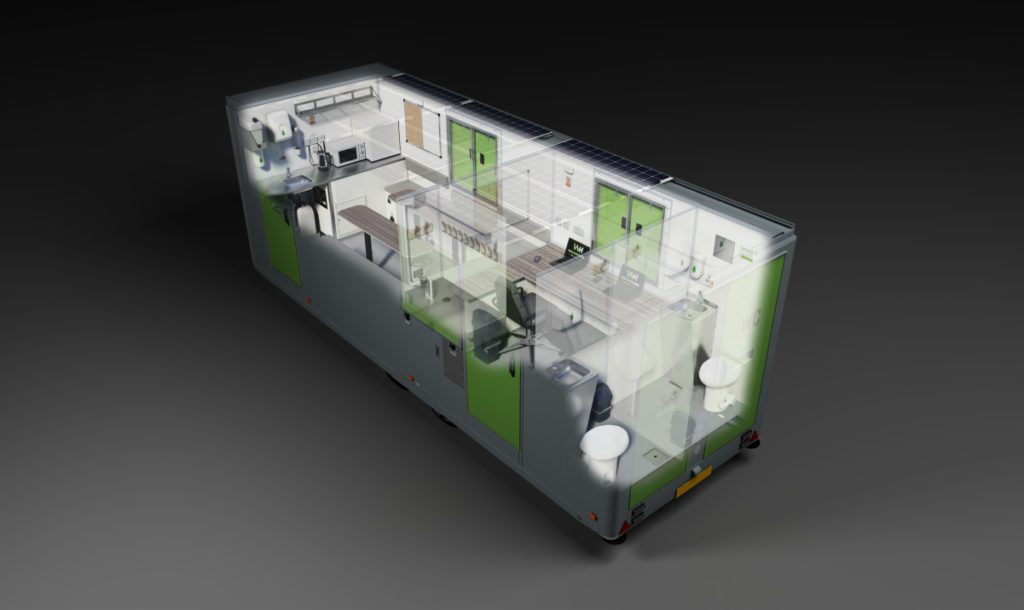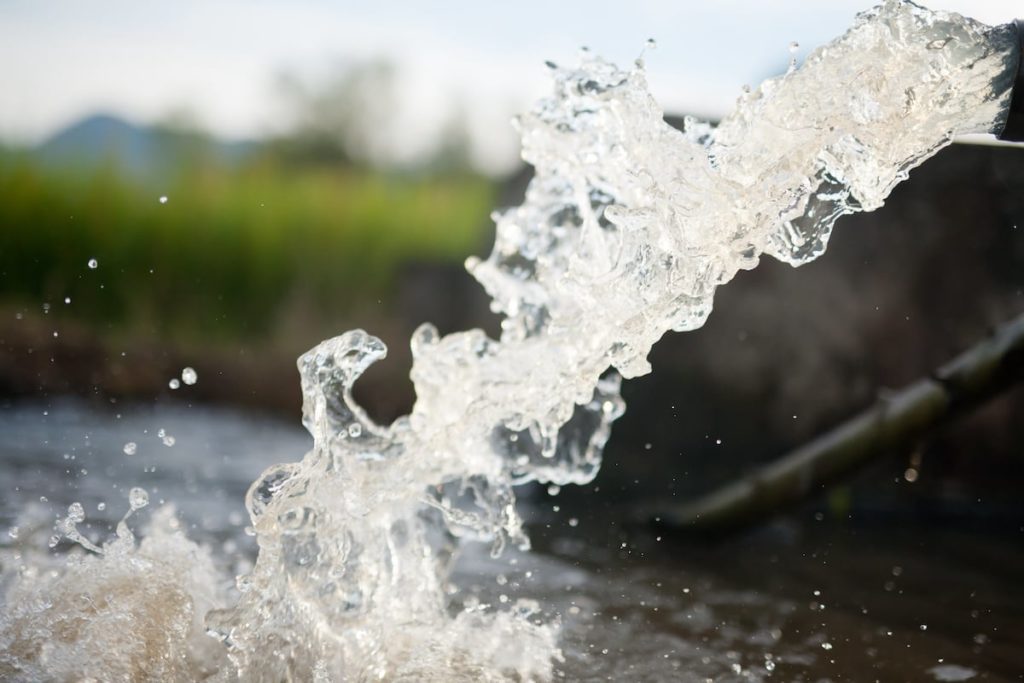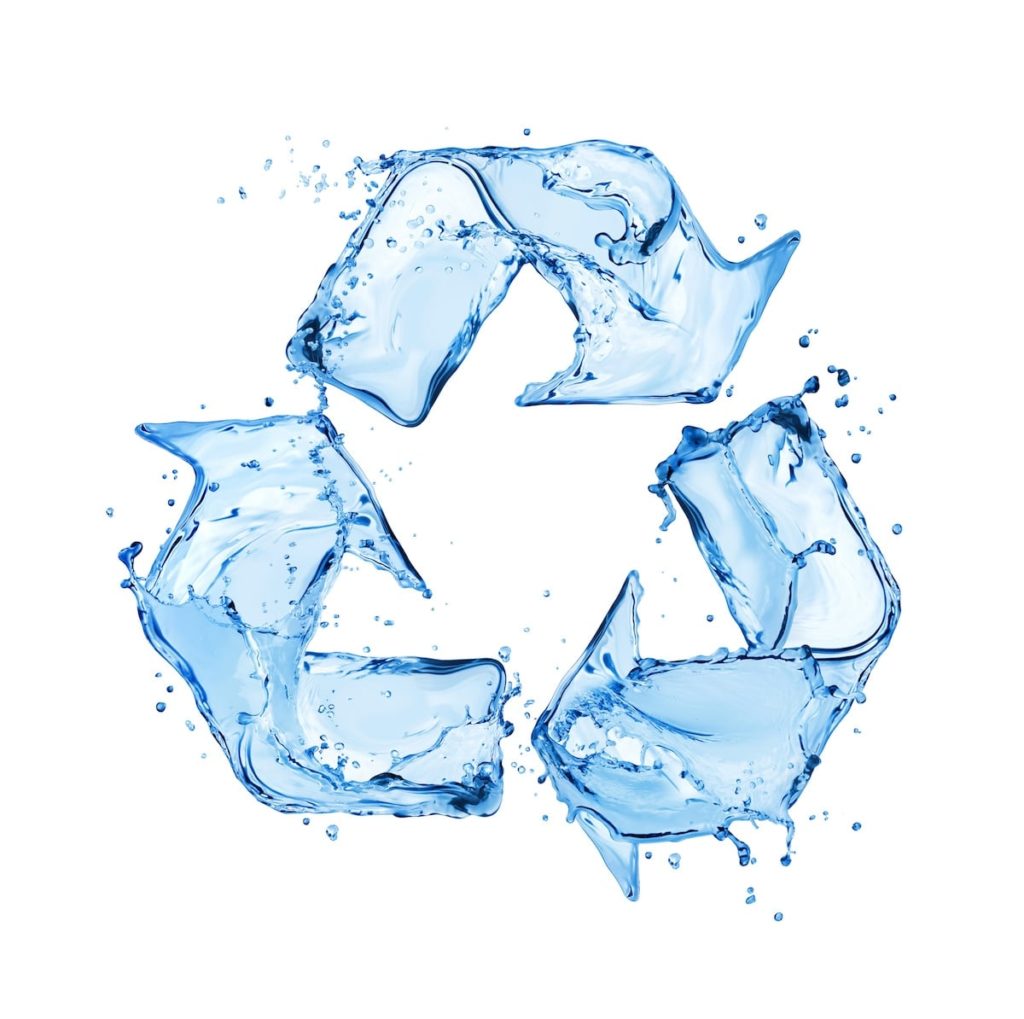National Technology Day celebrates the power of technology to transform all areas of the global economy. And mobile Welfare Units are the perfect encapsulation of this.
While there are legal requirements all construction sites must meet – such as providing access to toilets, washing facilities and drinking water – it is only through innovative design and technology that mobile welfare units have become what they are today.
Bringing together a variety of innovative technologies, modern mobile welfare units like ours are able to both improve employee experience and reduce the environmental impact of the vehicles. In this article, we explore three key ways technology has helped make this transformation of mobile welfare units possible:

1. More efficient energy
Traditionally, most welfare units were powered entirely by diesel generators and produced extremely high carbon emissions. This was bad in a number ways: fuel was expensive, the energy usage was inefficient and the high emissions were environmentally harmful.
As the technology has evolved, however, innovative mobile welfare units have become increasingly fuel efficient. Market leading models, such as the EcoXLi, now run on a sophisticated hybrid power system, which can eliminate emissions and is far more energy efficient.
It utilises a combination of renewable solar energy and a next generation lithium batteries that is capable of powering the entire system. This minimises the need for generator power, and the EcoXLi only features a small 3.5VA Backup HVO generator.
The result? A zero carbon mobile welfare unit that runs on 100% silent and clean green energy, without compromising on quality – and is extremely reliable.

2. Better water usage
Water is essential for any welfare unit, as they must legally provide wash facilities, toilets and drinking water. However, most units operate highly inefficient water systems, based on outdated technology, and chemical WC facilities.
In contrast, Welfare Hire’s mobile welfare units, which have embraced smart water technology, are able to provide more reliable, cleaner and more cost efficient wash and WC facilities. The ECOXLi, once again, is the perfect example: its Smart Water system uses 100% recycled rainwater, alongside an XXL water tank that is capable of servicing the entire system, including non-chemical, water-flush toilets.
This ensures that the unit provides the absolute best hygiene, with XL hot water sinks and ECO Water Flush toilets in two full-size separate WCs. But it also unlocks efficiency savings against other, less advanced units.
Because the average welfare unit operates smaller chemical WC waste tanks, they must be serviced and emptied more frequently – which involves added transportation costs and increased carbon emissions. But the ECOXLi’s much larger water system ensures that servicing is less frequent – thereby reducing these costs whilst improving hygiene and wash facilities onsite.

3. Usability
A lot of technological progress is focused on functionality. But there is also huge scope for technology to make products easier and more pleasant for the end-user.
This is another key factor in the evolution of modern mobile welfare units: technology has made them far easier to optimise utilisation for the average user.
Take the ECOXLi’s Smart Telemetry system. Featuring a live dashboard, the digital technology makes it extremely simple for users to manage and optimise their welfare unit’s power usage. With real-time monitoring, as well as reporting on volumetric data for your sites and projects, you can ensure that no more power is used than necessary.
And in combination with the ECOXLi’s Smart auto system, this means you produce the optimal value from your water and power system.
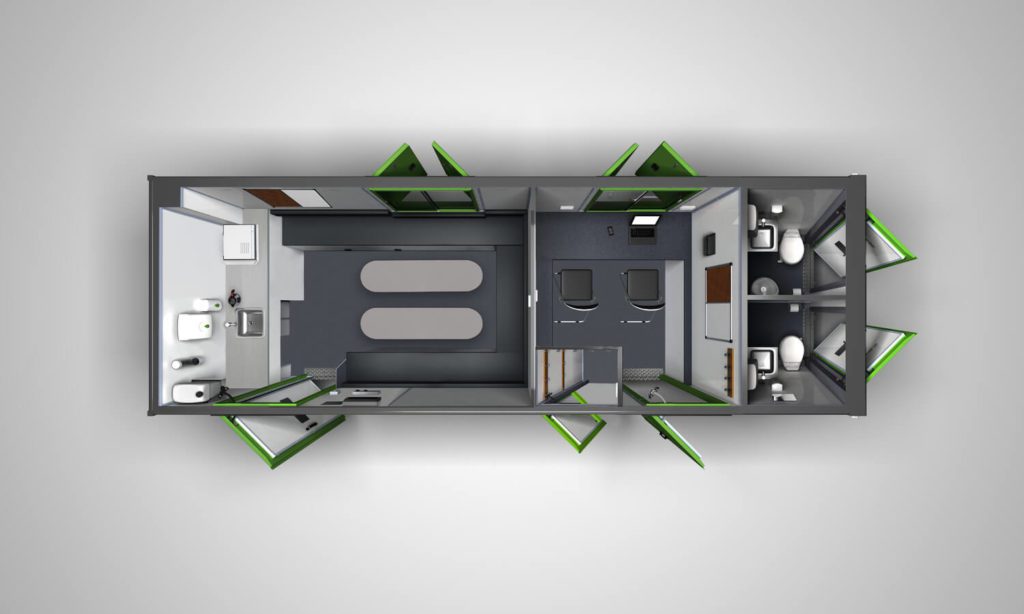
Welfare Hire is driven by technology
As a business whose growth has been powered by innovation, we at Welfare Hire understand how transformative technology can be. That is why we continue to reinvest our revenue into new products and asset upgrades – so that ours remains the biggest and most technologically advanced fleet in the UK.
If you’d like to discover more about the technology behind our innovative vehicles, click here to get in touch today.
